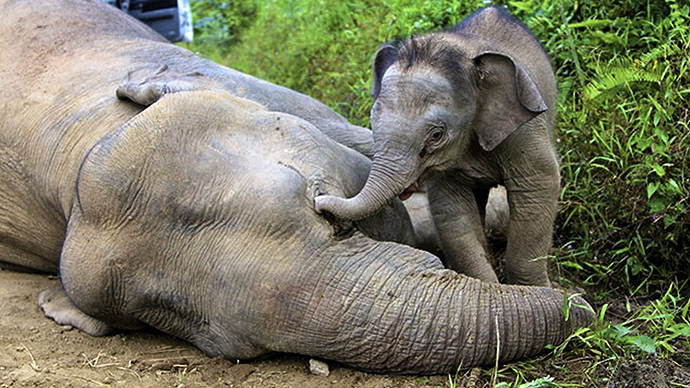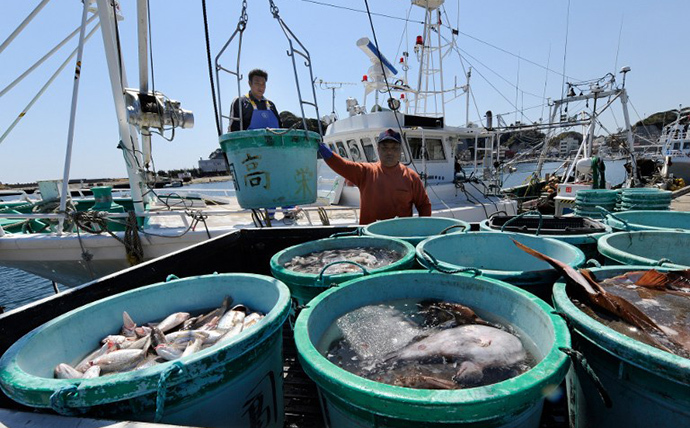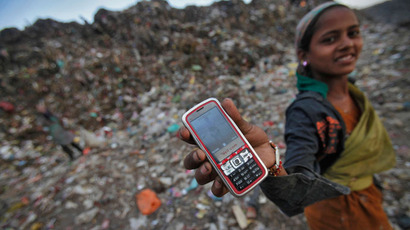Decline in wildlife aggravates human conflict – study

Researchers at UC Berkeley have found an alarming correlation between a decline in wildlife and human conflict. As human activity directly threatens animals, their declining numbers introduce drastic changes to our way of life.
The July 24 paper in the journal Science is “about recognizing wildlife decline as a source of social conflict rather than a symptom,” lead author, Justin Brashares of UC Berkeley's Department of Environmental Science, Policy and Management, explains.
Two of the main reasons for this decline are seen to be the loss of natural habitat and changing climate – both attributed largely to human habitat expansion. Our population has doubled over the past 40 years.
"Billions of people rely directly and indirectly on wild sources of meat for income and sustenance, and this resource is declining. It's not surprising that the loss of this critical piece of human livelihoods has huge social consequences," Brashares says.
Animal numbers are falling. For example, less fish to catch leads to an increase in efforts spent trying to harvest them. This increases the need for manpower, much of which these days is provided by children; this in turn increases the number working for, or even sold to fishing boats to work 18-20 hour-a-day shifts at sea.

According to Brashares, "impoverished families are relying upon these resources for their livelihoods, so we can't apply economic models that prescribe increases in prices or reduced demand as supplies become scarce."
He argues that “instead, as more labor is needed to capture scarce wild animals and fish, hunters and fishermen use children as a source of cheap labor. Hundreds of thousands of impoverished families are selling their kids to work in harsh conditions."
When piracy erupts in places like Somalia, it is often caused by a conflict over fishing rights, although the initial reason came largely from trying to kick out foreign ships from Somali waters. However, “few recognize that competition for fish stocks led” to the syndrome.
“For Somali fishermen, and for hundreds of millions of others, fish and wildlife were their only source of livelihood, so when that was threatened by international fishing fleets, drastic measures were taken,” Brashares says.

Every other affliction suffered by humanity can be linked to wildlife decline in some way or another. Wildlife poaching – illegal trade in skins and tusks and other animal goods – brings about a rise in organized crime. But that’s just animal decline: the money from the lucrative trade is used to fund terrorism and has been linked to some of the fiercest groups operating in central, western and northern Africa, including Al-Shabab, Boko Haram and the Lords’ Resistance Army.
Yet another issue is a decline in the number of bugs, slugs, worms and crustaceans – the drop is as big as 45 percent; this at a time when the global community has started thinking about insects being tomorrow’s food for everyone on Earth
“We were shocked to find similar losses in invertebrates as with larger animals, as we previously thought invertebrates to be more resilient,” co-author Ben Collen at University College London said.
The solution the scientists offer is a model for a coherent, multidisciplinary approach. While the recognition of this need already exists in other spheres, authors now argue also for activities at local – not just global – level.
There are already positive examples in fishing rights management in places like Fiji, as well as increased control of management zones in Namibia to ensure locals have better access to animals as a food source than poachers do for profit.
"Losses of wildlife essentially pull the rug out from underneath societies that depend on these resources. We are not just losing species. We are losing children, breaking apart communities, and fostering crime. This makes wildlife conservation a more important job than it ever has been," UC Santa Barbara’s Douglas McCauley, co-author on the study, believes.














